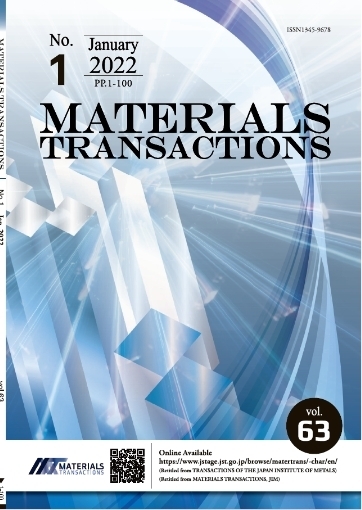Preparation and Compressive Performance of an A356 Matrix Syntactic Foam
Ningzhen Wang, Xiang Chen, Yanxiang Li, Yuan Liu, Huawei Zhang, Xiong Wang
pp. 699-705
Abstract
The uniformity of the cell size of aluminum foams prepared by traditional melt foaming and gas injection methods is difficult to control. In order to improve the controllability of cell size and mechanical performance of aluminum foam, an A356 matrix syntactic foam was prepared by the improved stir casting process. Moreover, the compressive property of the syntactic foam was studied and compared with other metal foams. Al2O3 hollow spheres with the diameters of 3–5 mm were added in the molten A356 alloy, then the syntactic foam can be obtained after stirring and compaction. The hollow spheres in the syntactic foam are random loose packed. The volume fraction of 3–3.5 mm hollow spheres in the syntactic foam could reach to 56%. The total densities of the syntactic foams are around 1.79 g/cm3. Through the analysis both in macroscopic and microscopic, the interfacial bonding between aluminum matrix and hollow spheres was proved to be good even after mechanical cutting. The quasi-static compression result showed that the plateau stress of the syntactic foam with 3–3.5 mm hollow spheres could reach up to 46 MPa, and the corresponding densification strain energy is 20 MJ/m3. Moreover, the plateau region is flat, long and relatively high. The syntactic foam with the hollow spheres of 3–4 mm diameter has the highest overall porosity and the best compressive performance. Compared with other traditional aluminum foams, this syntactic foam has advantages in energy absorption performance and the adjustability of cell size.










